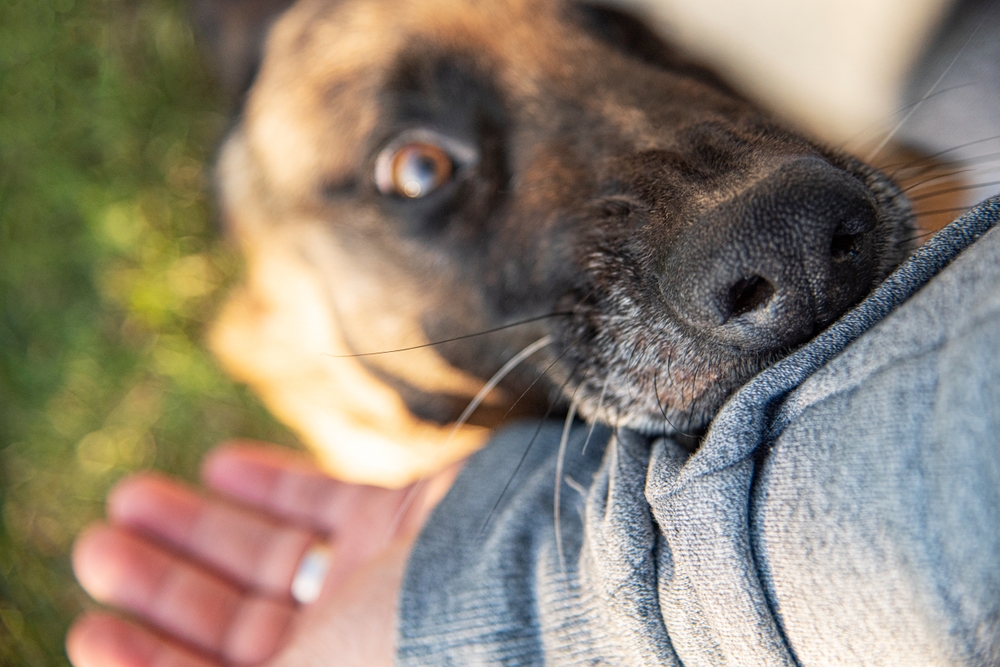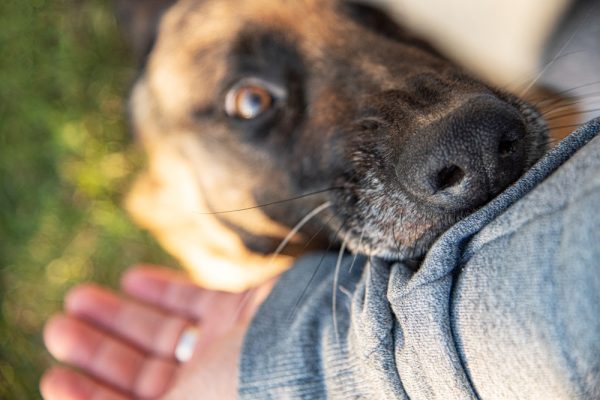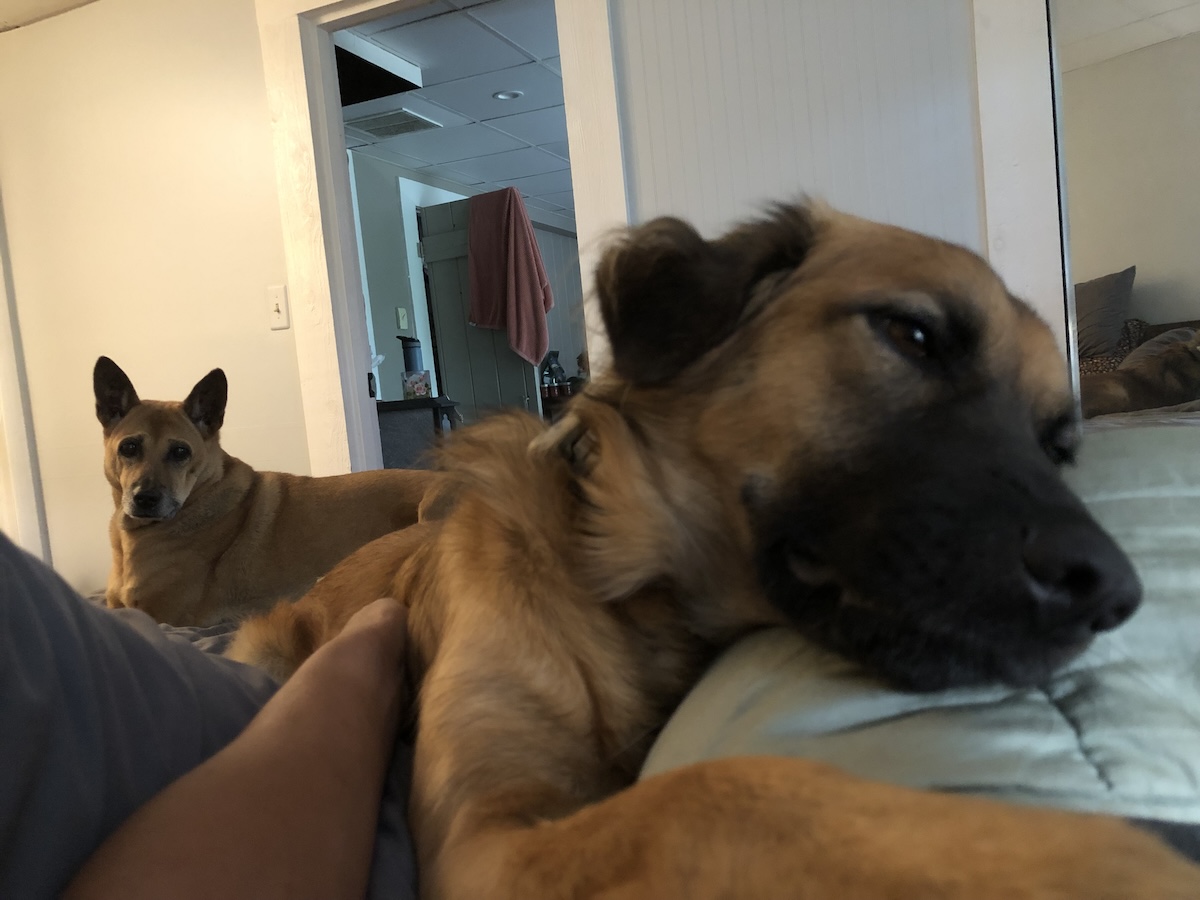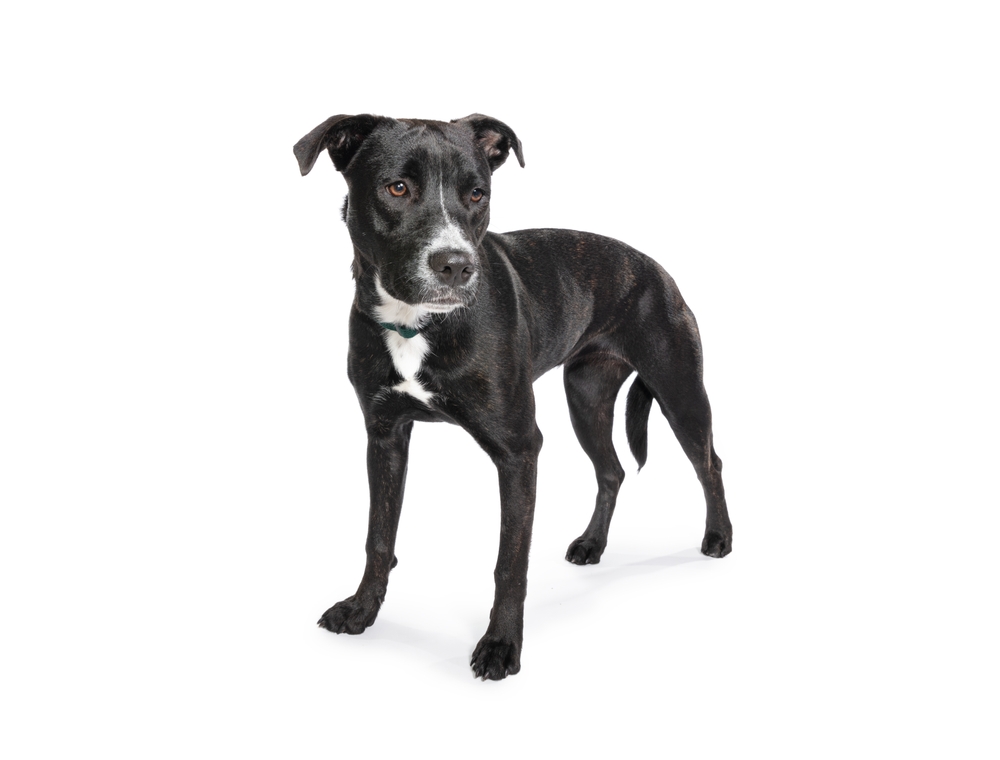Click to Skip Ahead
Dog aggression is an emotive topic, whether the dog is being aggressive towards another dog or a person. If someone has been bitten by a dog, the Dunbar Dog Bite Scale gives an objective way to categorize the bite based on the wounds inflicted.
Dog bites are a serious public health concern and also implicate animal welfare. The severity of the injuries are important to help understand the dog’s future prognosis. However, while the Dunbar Dog Bite Scale helps to assess the severity of biting problems, even snapping and lower level bites will often lead to more serious bites and future injuries if the behavior and reasons behind it are not addressed.
How Does It Work?
Developed in the 1970s by veterinarian and behaviorist Ian Dunbar, the Dunbar Dog Bite Scale uses characteristics of bites, especially bite marks, to determine the severity of a dog bite. It takes into account factors like the depth of the bite compared to the dog’s teeth as well as any additional bruising and other injuries.
The scale means it is not necessary to rely only on human accounts of the attack, which might not be accurate, and reliably uses physical evidence, instead.
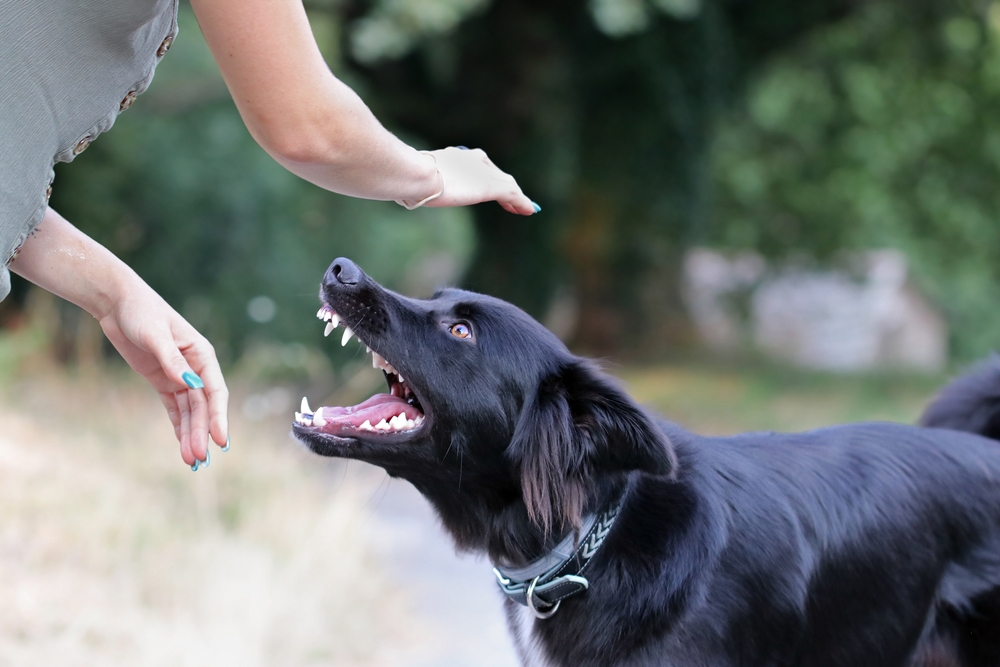
Where Is It Used?
The scale is used by medical practitioners to determine the severity of a dog bite attack. It may also be used by law enforcement and animal welfare officers to determine whether a dog is dangerous and what further action needs to be taken. It can be used by behaviorists and trainers to help determine the best course of action for an owner to take with their dog.
Other evidence, such as the dog’s actions before and during the bite, as well as the details surrounding the bite, such as any potential causes and reactions also need to be considered. The Dunbar Scale itself is a measure of the physical severity of the bite.
The Dunbar Dog Bite Scale
The scale has six levels, which equate to how severe the bite is. These levels consider the depth of the bite, the injury and damage caused by the bite, and the frequency. The levels are as follows:
- Level 1: Aggressive behavior such as lunging, snapping, and growling, but no physical contact from the dog. This is the most common level of bite and is often described as a pre-bite. It is likely that earlier warning signs that the dog was unhappy or fearful were misunderstood or ignored. It is important to avoid punishing a dog for displaying these signs or a dog may progress to an actual bite without warning in the future. With training, classical conditioning and positive reinforcement dogs can have a good prognosis.
- Level 2: Contact is made with the skin but there is no puncture. The skin may be nicked where the teeth brushed or scraped over the skin. This is another common level of dog bite that is frequently seen and is described as a near-bite. The bite is inhibited but is still concerning as it could turn into a real bite in the future if the reasons behind it are not understood and addressed with more intense training.
- Level 3: There are between one and four puncture marks on the skin. None of the marks are any deeper than half the total length of the dog’s canine teeth. There may be additional damage caused by the victim trying to pull their hand away or where the dog has been pulled away at the time of the bite. This level of bite is reportable.
Prognosis can be favorable if a suitable behavior modification plan is followed. However treatment requires dedication and takes time, if a dog has bitten at this level they will always be considered a liability as there will always be a risk of future bites. If there are multiple level 3 bites then it is considered a more severe incident.
- Level 4: A single bite wound with between one and four puncture marks and at least one is more than half the depth of the dog’s canine teeth. There will likely be additional injury, typically either bruising or laceration from where the dog has shaken the injury site.
A level 4 bite is extremely serious, and the dog should be considered dangerous. The dog is highly likely to bite again, and has shown no bite inhibition.
Special care needs to be taken with a dog that has bitten to this extent, including keeping the dog confined and only allowed contact with adult owners. The authorities should be informed of any attacks of this nature by this dog. The dog’s quality of life also needs to be considered.
- Level 5: Multiple level 4 bites have occurred. A level 5 attack is likely to have caused serious injury, depending on the size of the breed. Rehabilitation is highly unlikely and, in these and level 6 cases, euthanasia is likely to be recommended.
- Level 6: The victim dies as a result of the dog bites.
Frequently Asked Questions
What Should I Do If My Dog Has Bitten Someone?
If your dog has bitten someone, you should speak to your vet and a veterinary behaviorist. They will work with you to identify the cause of the bite and they will determine whether your dog can be rehabilitated.
They will need your cooperation and will give you a series of training routines and steps to take to help minimize the risk of bites in the future.
Can Aggressive Dogs Be Rehabilitated?
One of the ways in which the Dunbar Bite Scale is used is to determine how likely it is that a dog can be rehabilitated. Those who are guilty of level 1 or 2 bites can usually be trained so that they are unlikely to bite again. At level 3, rehabilitation is possible but more difficult. Animal experts typically agree that dogs at level 4 or above cannot be rehabilitated.

Conclusion
Dog bites can be terrifying for the victim and heartbreaking for the dog’s owner, no matter the cause or the events that led to the bite. They can also be very dangerous and there are other factors to take into account beyond the severity of the bite wounds.
However, the Dunbar Dog Bite Scale is a very useful tool because it removes emotions from the question of how severe a dog bite injury was. It uses physical evidence to determine how aggressive an attack was and helps assess the likelihood of whether a dog is likely to bite again based on that evidence.
Featured Image Credit: Den Rozhnovsky, Shutterstock

